Eurobike 2010: Kuota's revamped range for 2011
Range-topping KOM and Kalibur get shape changes
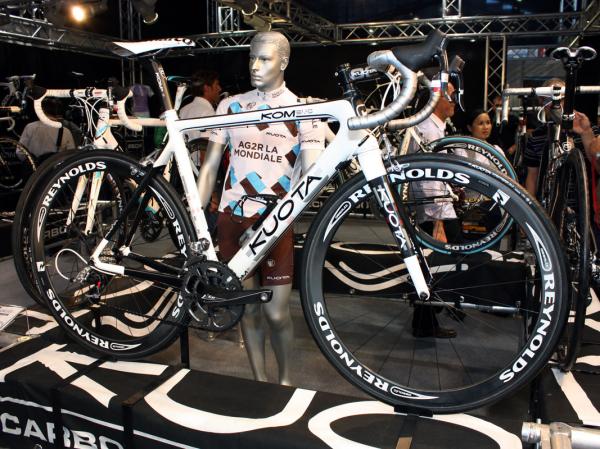
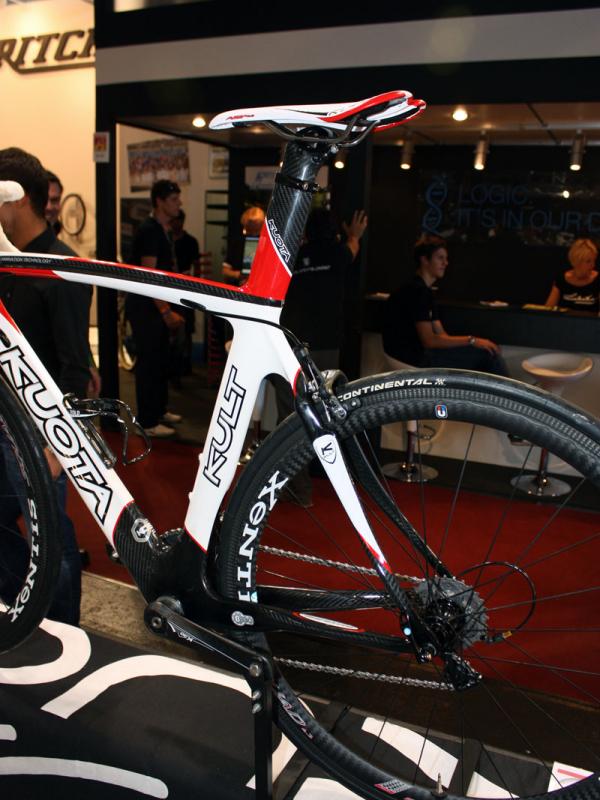
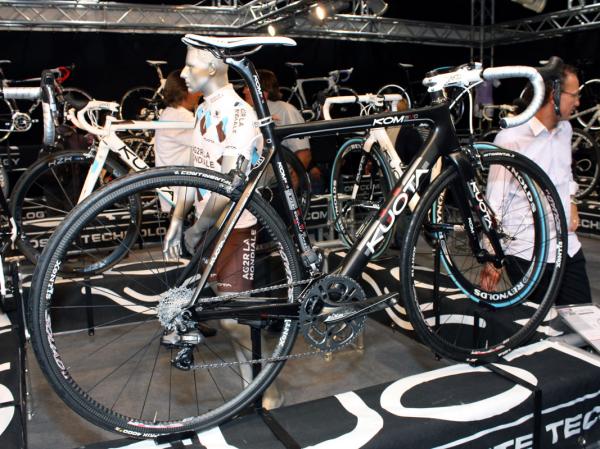
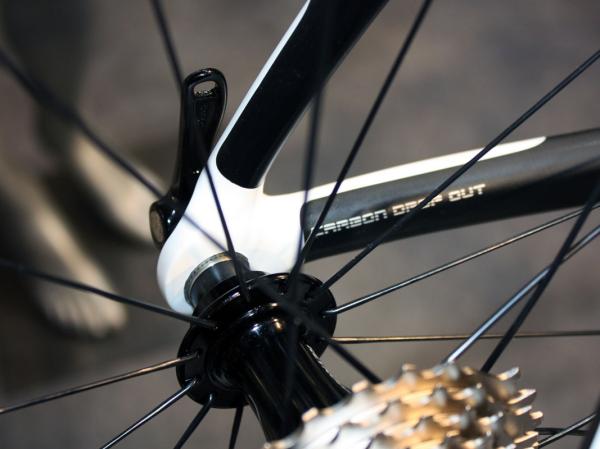
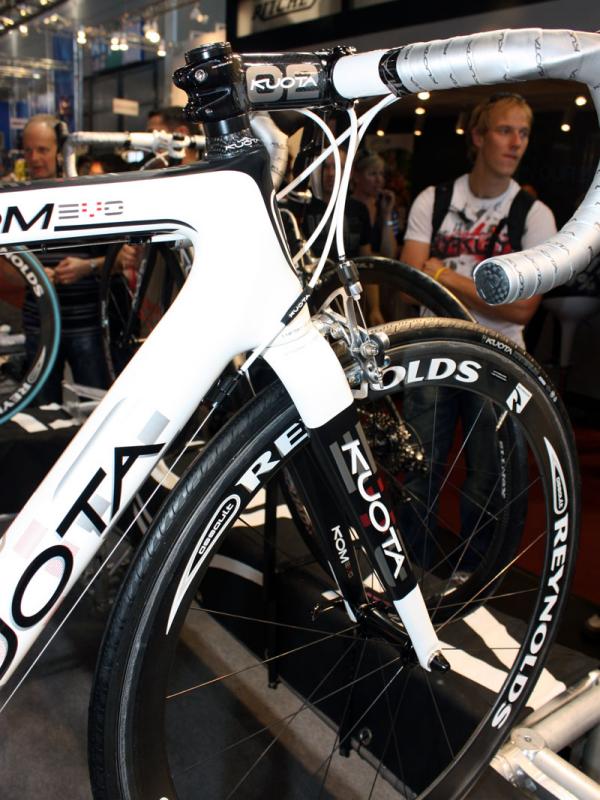
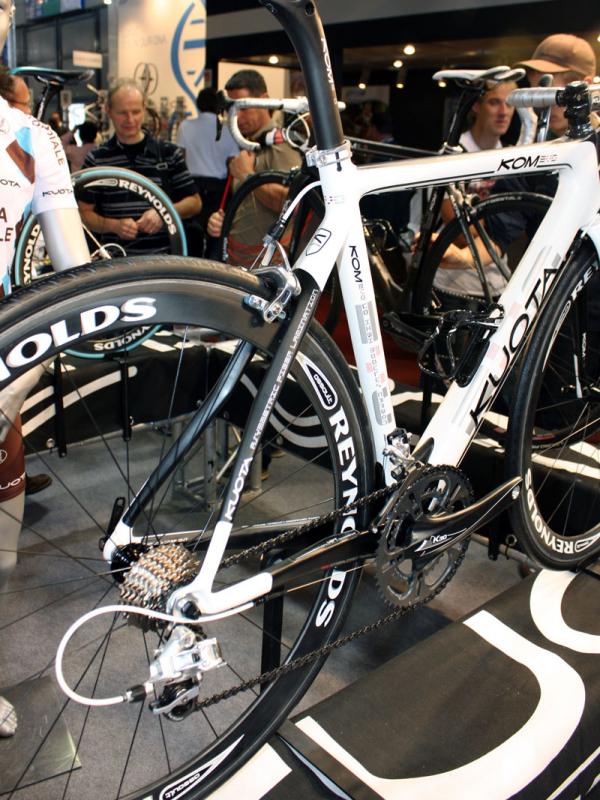
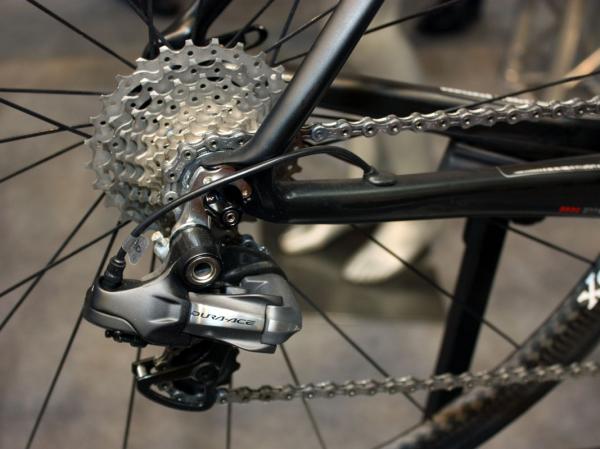
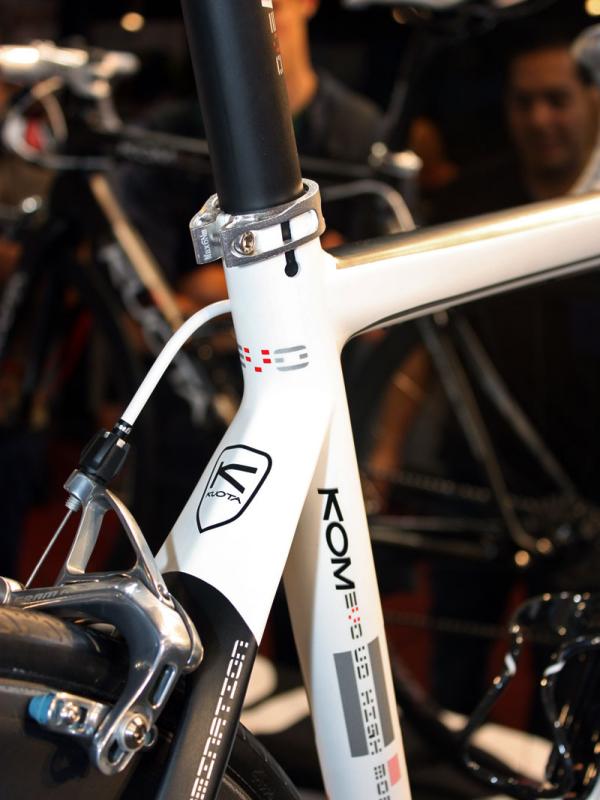
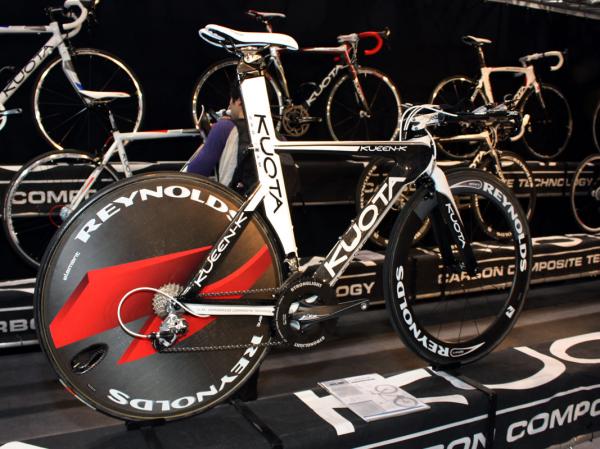
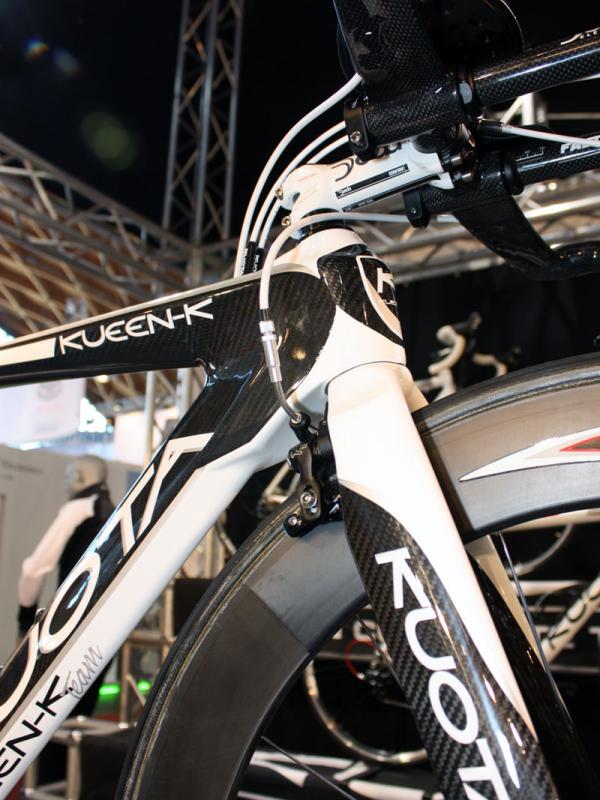
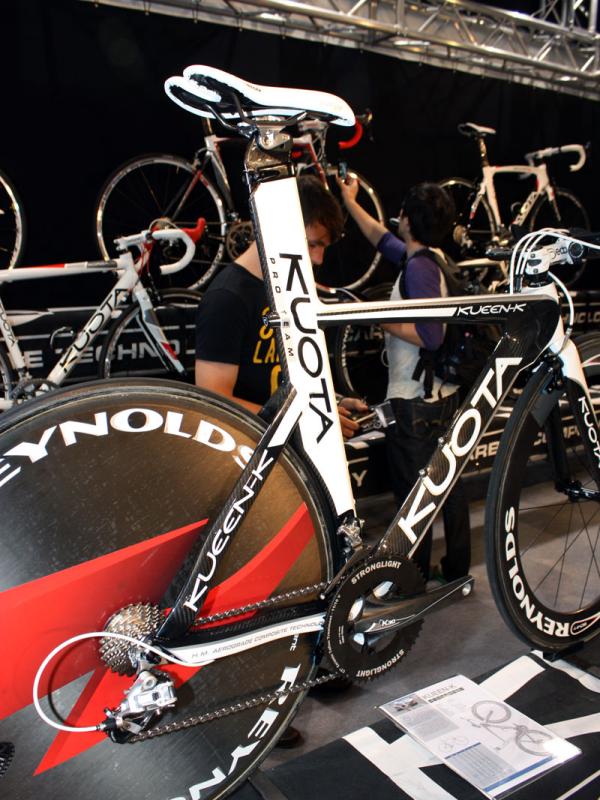
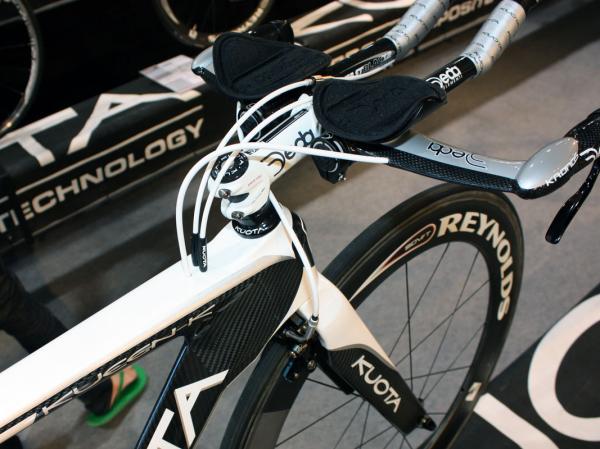
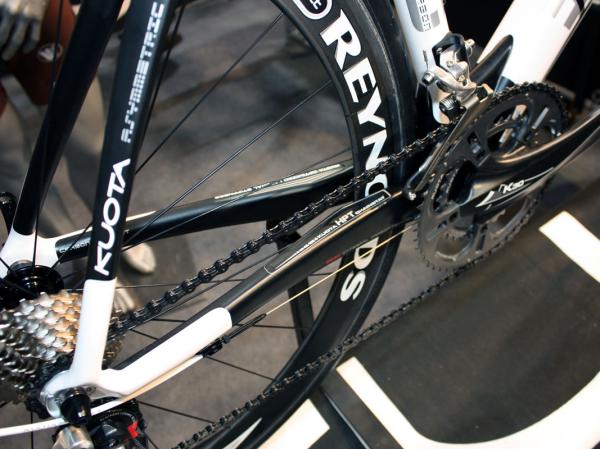
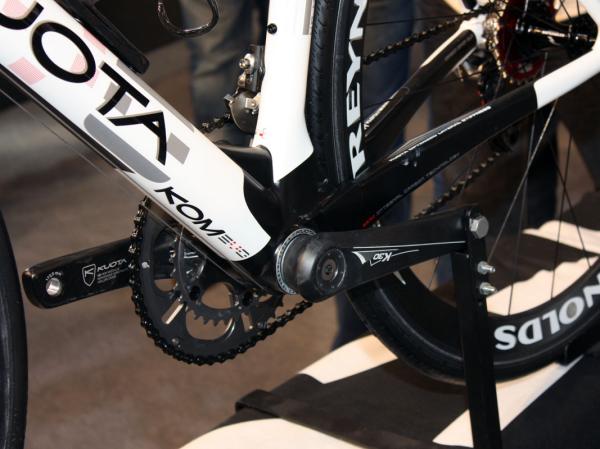
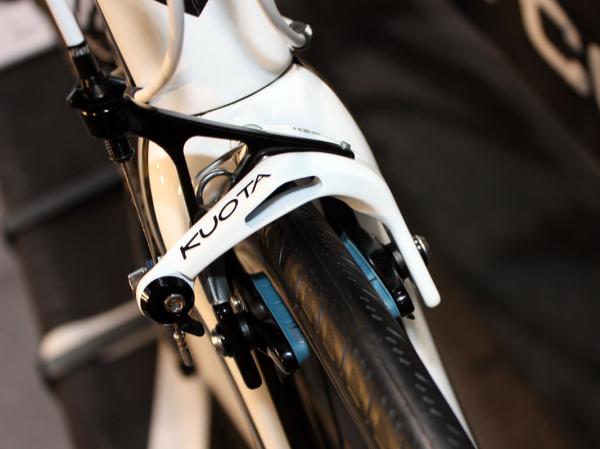
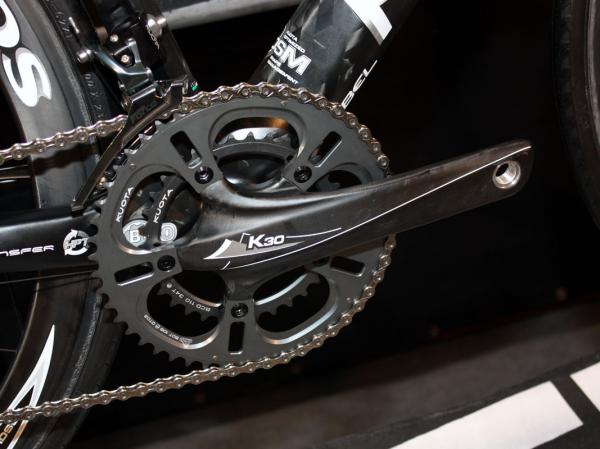
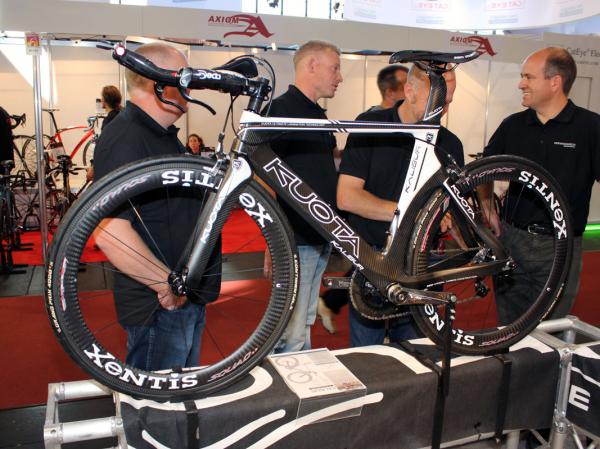
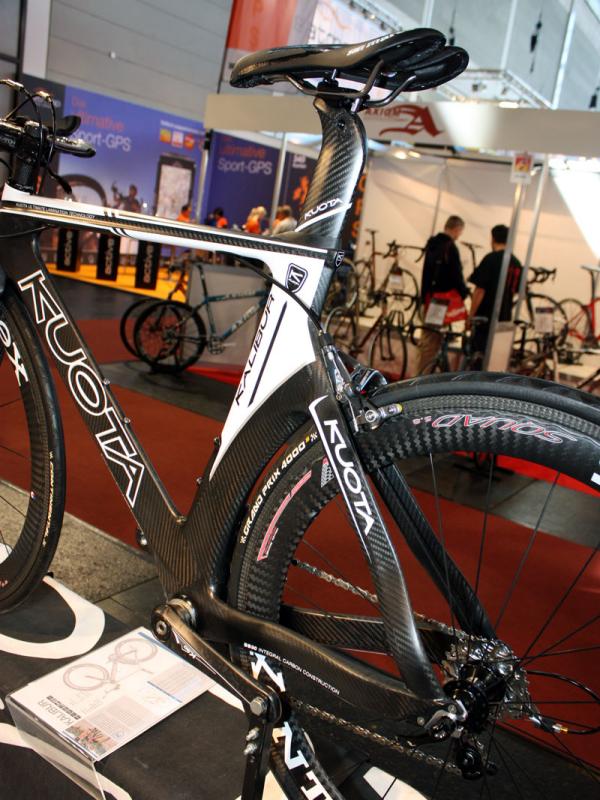
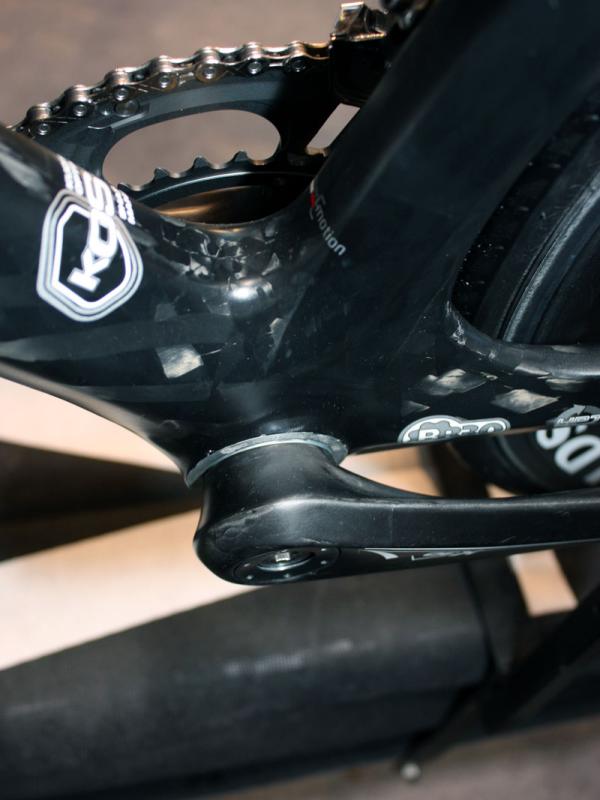
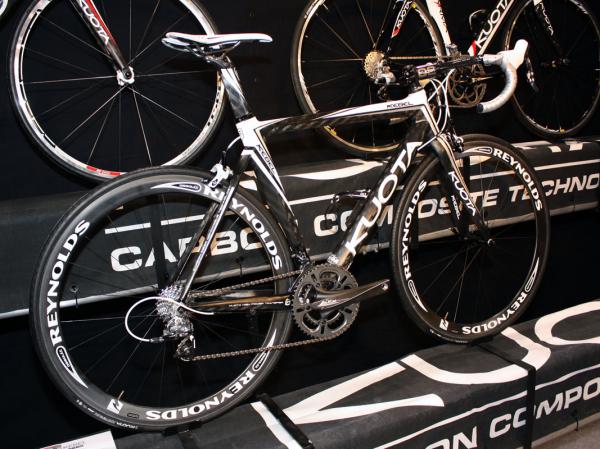
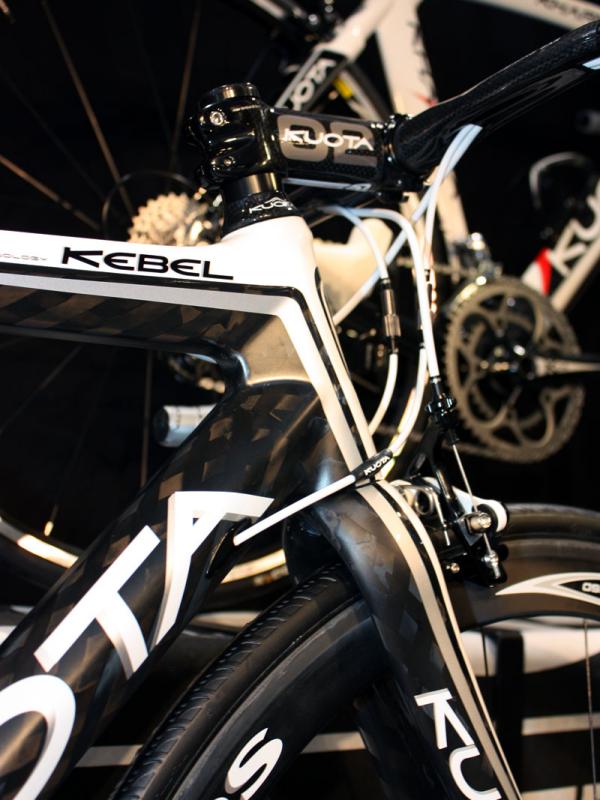
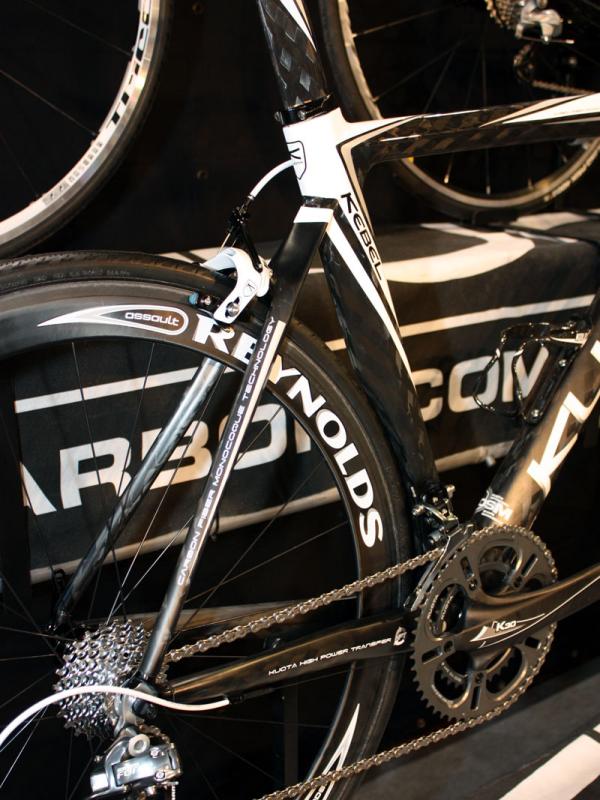
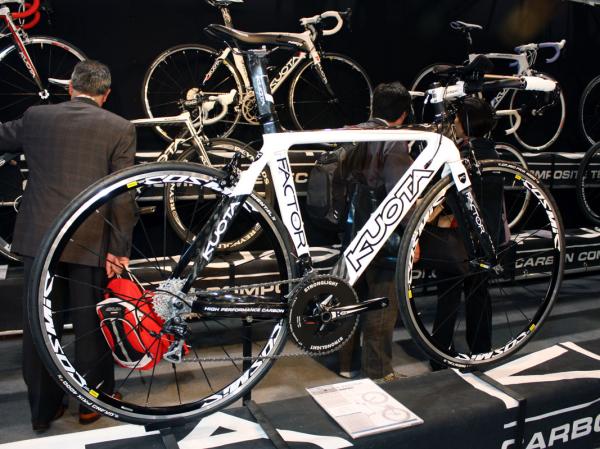
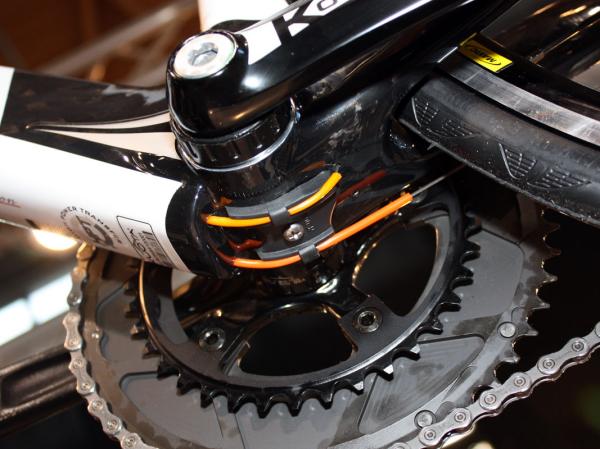
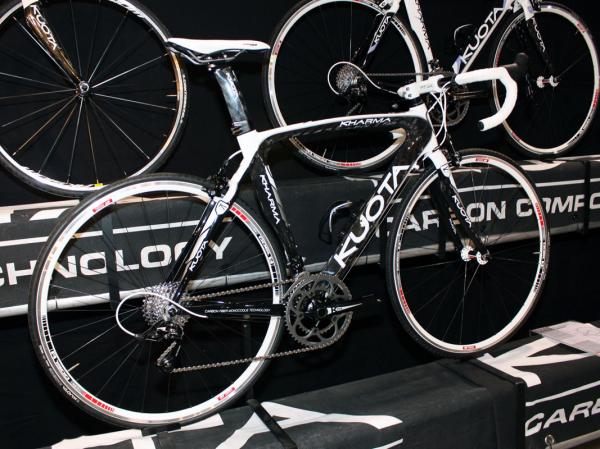
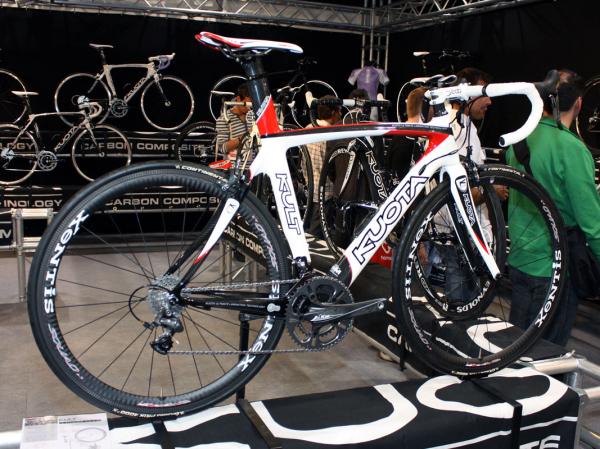
Kuota has updated its KOM flagship road model with revised tube shapes and a more advanced carbon fibre blend, lending the usual improvements in stiffness and ride quality as compared to the outgoing version.
Eurobike 2010: Cyclingnews' complete coverage
Eurobike 2010: Cervélo's updated road range
Eurobike 2010: Zipp launches faster 808 Firecrest
Eurobike 2010: Reynolds Cycling revamps road range
Eurobike 2010: FSA creeps another step closer to new complete road group
Eurobike 2010: AX Lightness debuts customizable carbon road frames
The new KOM Evo again boasts a tapered head tube - Kuota was an early adopter of the concept - but the lower steerer diameter now grows from 1 1/4" to 1 1/2" for even more steering precision while also providing more real estate for a stouter down tube.
Down below there's again a BB30-compatible bottom bracket and last year's bulged chain stay concept carries over with a slight tweak to the shape before meeting up with new carbon fibre dropouts. Seat stays have been reduced in size, though, for more rider comfort.
The 2011 KOM Evo will again come in two versions - one for mechanical transmissions and one specific to Shimano's Dura-Ace Di2 electronic system. Interestingly, claimed frame weights have gone up 60-80g depending on size and range from 940-1,070g.
The mid-range Kebel and Kharma get more mild updates with both models trading in their conventional threaded bottom bracket shells for lighter BB30 systems. The Kebel also gets slimmed-down seat stays for a more refined ride and a tapered 1 1/8"-to- 1/2" front end for improved handling precision and braking feel.
Aside from some updated colours, the workhorse KULT and value-priced aluminum Korsa carry over unchanged.
The middle child Kalibur gets a wholesale revamp, though, with much more aggressive tube shapes, rear entry dropouts that allow for tighter wheel spacing, a sleeker seatpost clamp assembly, and revised internally routed cables that now enter the frame through the top tube just behind the stem.
Get The Leadout Newsletter
The latest race content, interviews, features, reviews and expert buying guides, direct to your inbox!

The internally routed cables on the K-Factor exit the frame at the bottom bracket.
Up front, steerer tube diameter has actually gone down - from 1 1/8"-to-1 1/4" to a straight 1 1/8" diameter that allows for a slightly narrower and more aerodynamic head tube.
As on the KOM Evo, the additional surface area has resulted in heavier frames instead of lighter ones though in this case the difference is a little more dramatic. 2011 frame weights grow from last year's 1,080-1,190g range up to 1,290-1,420g depending on size.
The Kueen-K and K-Factor carry over unchanged.